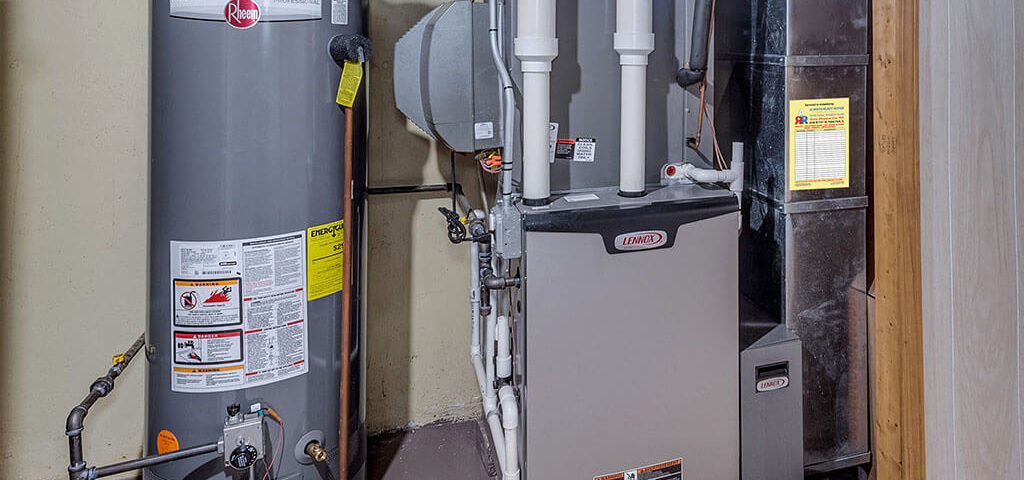3 Steps to Determine Your Furnace's Load
If you need to replace your old furnace, then keep in mind this one key word: load. For HVAC equipment, load refers to the amount of work required to heat or cool your home. Accurately calculating your home's heating load is essential to properly sizing your furnace, and an appropriately sized furnace is critical for efficient energy usage.
Square footage, exterior environment, and heat loss are the three primary factors that contribute to your furnace's heating load. Understanding how to accurately measure these three factors will allow you to choose a correctly sized furnace for your home.
1. Home Size
The larger your home, the harder your furnace must work to keep it warm. You can help to reduce your energy costs by using multiple zones to heat only occupied portions of the house, but your furnace must still be capable of heating all zones at once when necessary. An undersized unit will struggle to heat a large home, leading to high energy costs and premature parts failures.
Of course, not all home interiors are created equal. Square footage provides an easy at-a-glance metric for your home's size, but interior volume is what truly matters. Volume calculations are not usually necessary for homes with standard nine-foot ceilings, but they are relevant for vaulted or cathedral ceilings. In these cases, a room may require significantly more heating power than its square size indicates.
Unheated basements and attics typically do not factor into furnace load size calculations, but exceptions do exist. In general, you should consider outer and insulated walls, ceilings, and floors to form your home's conditioned envelope. If no insulation exists between your attic and upper level, then the attic is within the envelope and may need consideration when sizing your furnace.
2. Outside Environment
Cold climates require more powerful furnaces to maintain a comfortable temperature. As a general rule, living farther north means using a larger furnace to heat the same interior volume. Region codes help to simplify the impact of climate on furnace load. In the United States, region five encompasses some of the coldest parts of the country, while region one includes many of the warmest areas.
Illinois is roughly divided in half, with northern Illinois falling into region four. For a typical residential structure with standard height ceilings, this means that about 45 BTUs per square foot are required. This simple calculation provides a baseline for furnace sizing but does not consider high ceilings, poor insulation, or other heat loss factors.
3. Home Heat Loss
Think back to the imaginary envelope that separates your home's interior conditioned environment from the unconditioned exterior world. The stronger that shell is, the less heat your home will lose to the outside. Unsurprisingly, heat loss is the term used to describe this particular effect. Homes that lose less heat can use smaller furnaces to warm the same interior volume.
Of all the factors that influence your furnace's load, heat loss is the most challenging to calculate accurately. The key term in the heat loss equation is the insulating capacity of walls, ceilings, and floors, which is also known as the R-Value. Professional contractors can arrive at an accurate estimate of a whole wall R-Value based on the quality of insulation or number of windows.
Once you have an overall R-Value for your home's conditioned area, you can use that information to calculate heat loss and modify the baseload found in step two. Homes with inadequate insulating capacity require more powerful furnaces to compensate, while well-insulated homes can often utilize slightly undersized units.
Although guides exist to make these calculations yourself, furnace sizing is best performed by qualified HVAC technicians. At Always Ready Repair, we take pride in helping our customers choose the perfect furnaces for their homes. We're ready to work with you to size your new furnace for energy efficiency and comfort. Call us today.


